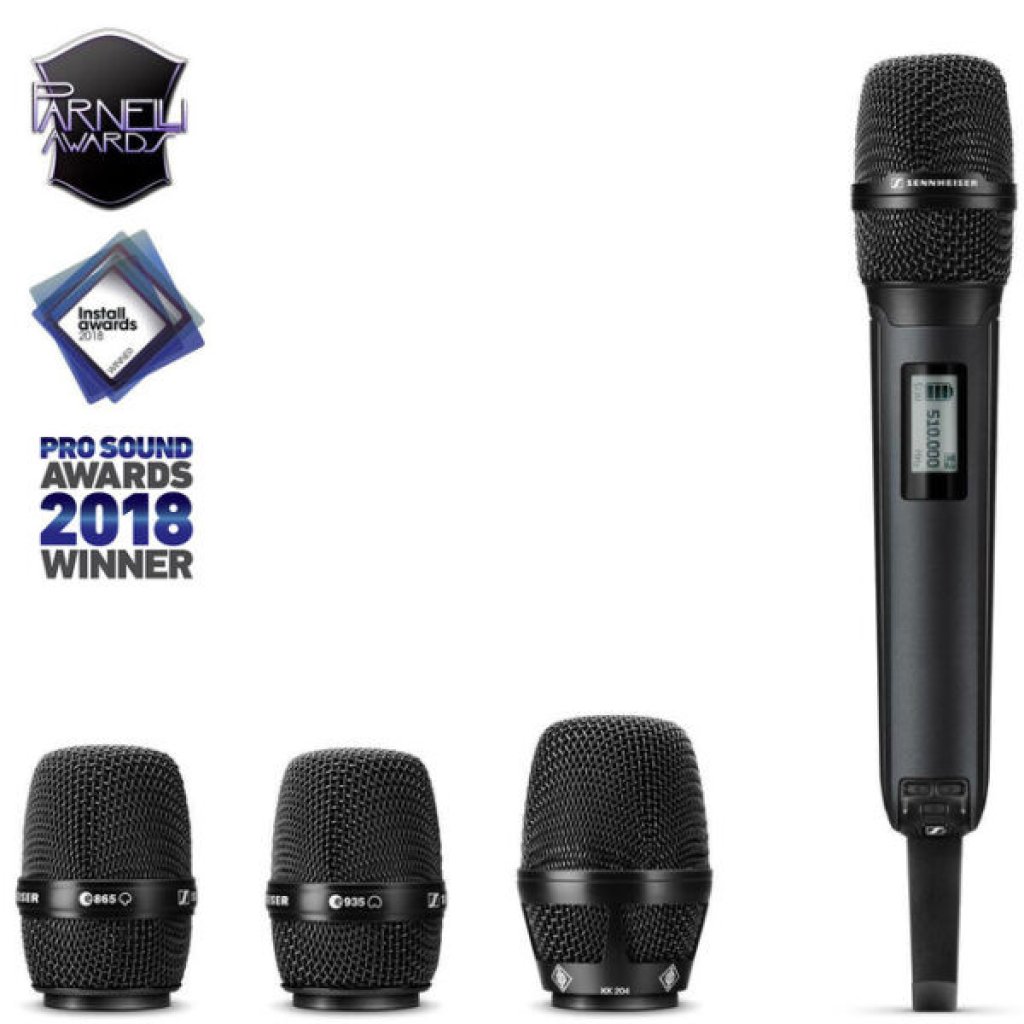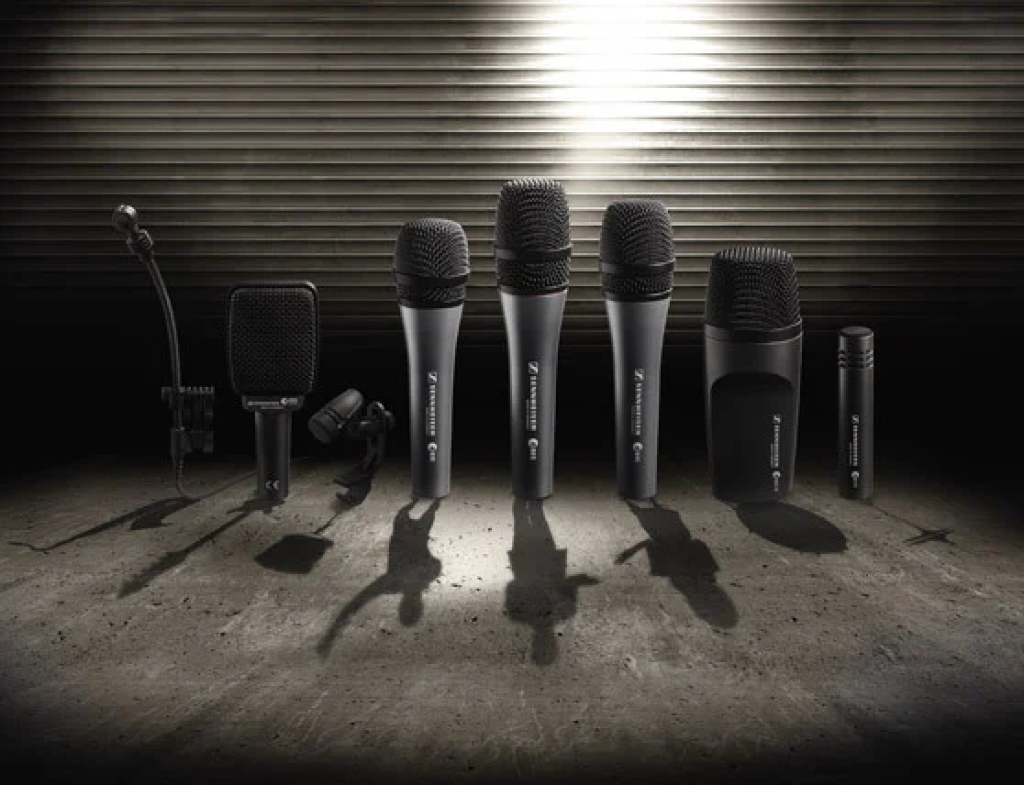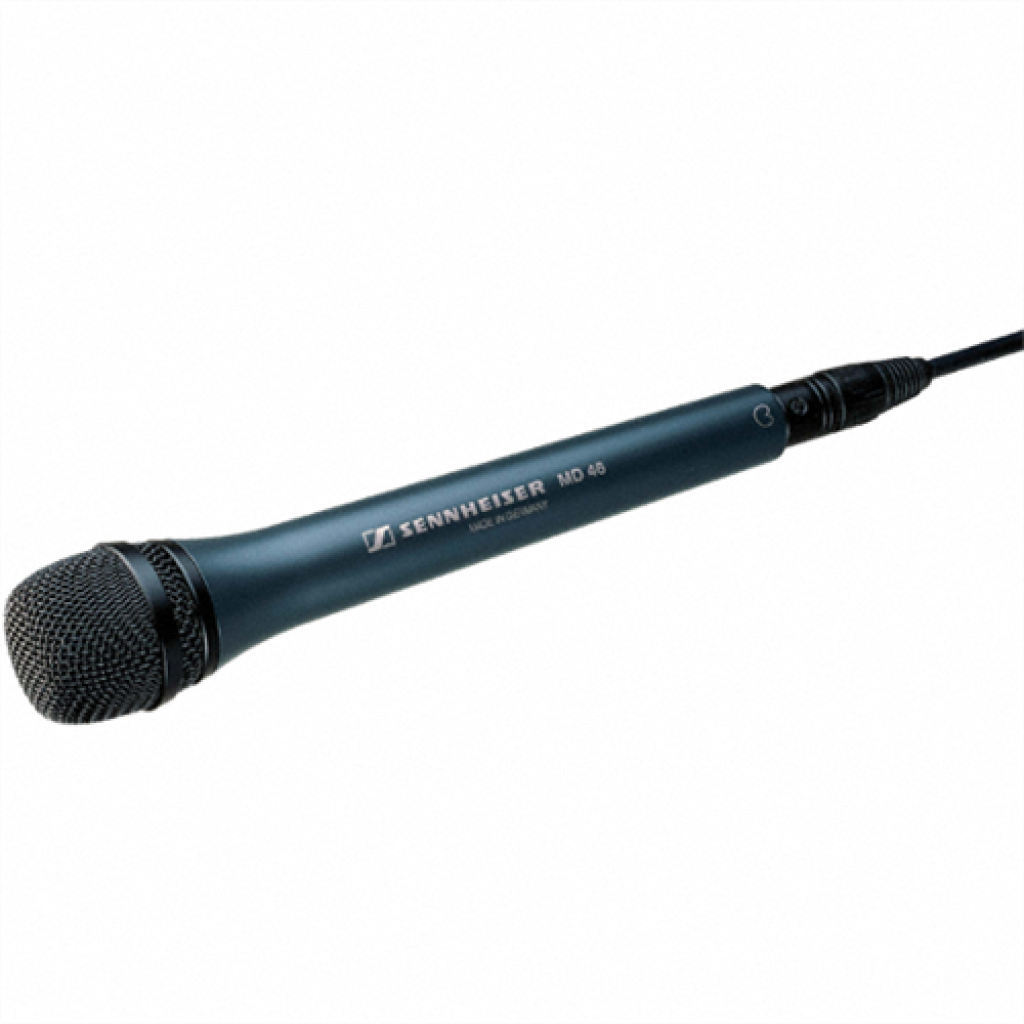How to maintain good microphone hygiene in audio applications
To reduce the risk of spreading diseases through bacteria and viruses, one or more remedies, explained in detail below, may be used:
Ideally, have just one user per microphone (including the accessories)
After or before use, clean all surfaces, i.e. microphone housings, head baskets and accessories
Leave the microphone unused for some time period.
Utilise accessories such as windshields and thin plastic film bags to add protection





